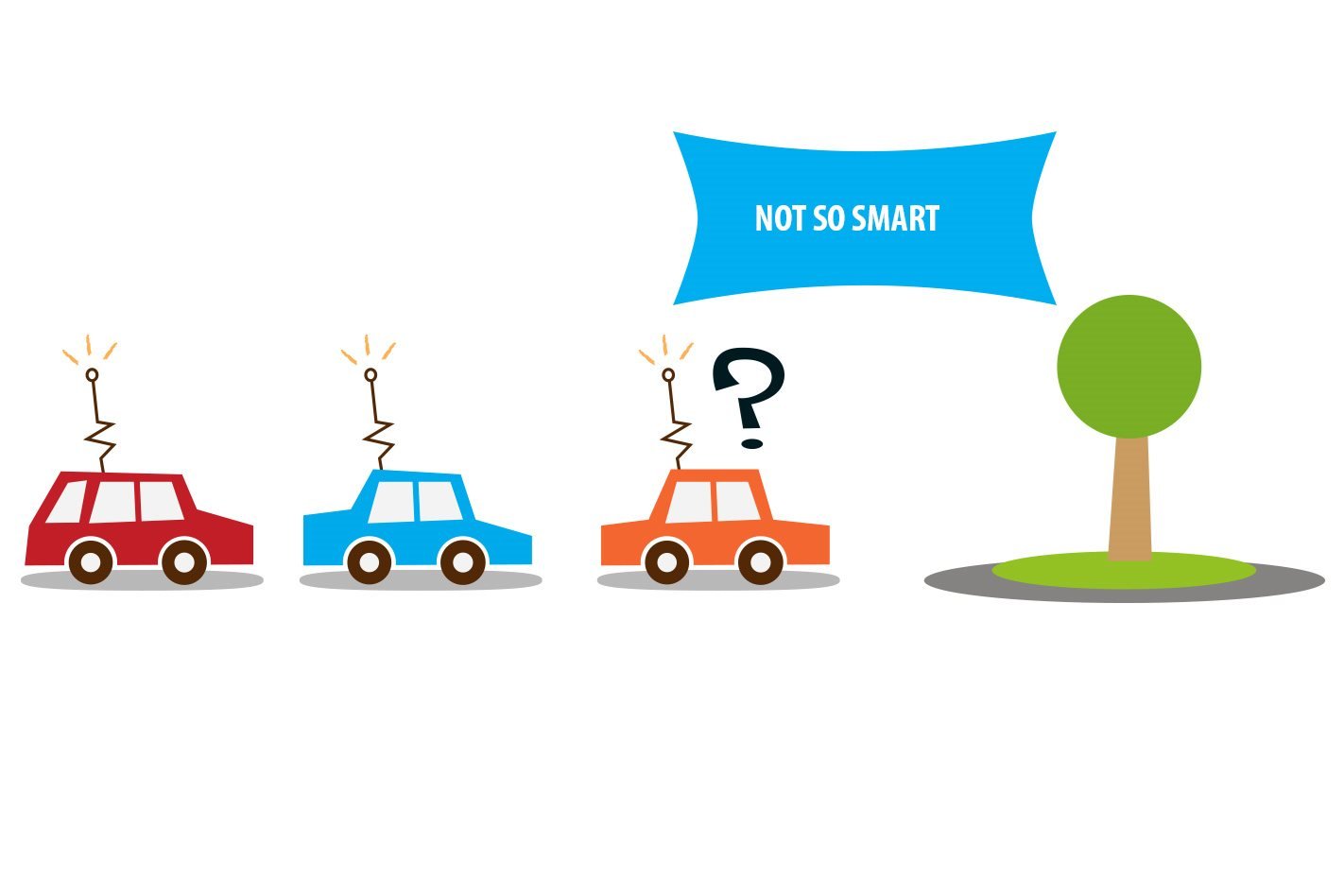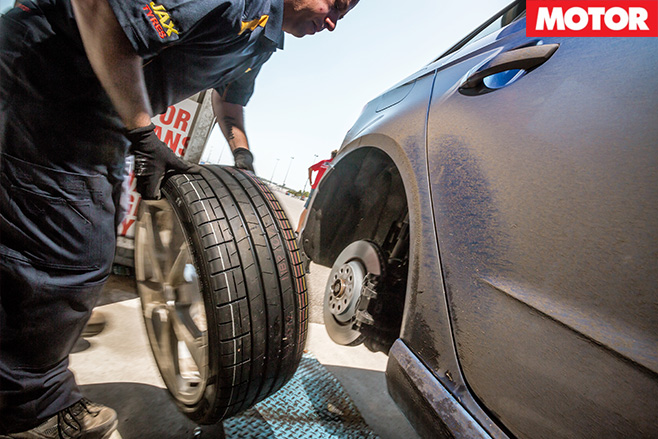MY HOUSE is on a typical suburban street. And, like all typical suburban streets, residents often park outside their house. So my two-lane street is really one lane shared by traffic going both ways.
Drivers are forced to thread the needle down parked-car tunnels, sometimes a hundred metres or more, diving into rare gaps to let oncoming traffic through. How would an autonomous car negotiate this?
Two of the houses near mine are being turned into townhouses. So my street is a warzone of utes, vans and trucks, sometimes blocking traffic as they deliver building supplies.
How long would an autonomous car sit, waiting, before continuing its journey? Will it be able to read the situation to see the delivery is almost done, or that it’s just beginning, and make an informed decision to reroute? Perhaps this is where autonomous car programmers will expect the occupant to take back control.
My street is also a bus route, with three stops in the first 700m. When the bus stops, will an autonomous car read the situation and decide to go on the wrong side of the road to get around? Will it be able to see the passengers have all alighted or boarded, and decide to wait a few seconds for the bus’s imminent departure?
There is a busy roundabout near work, which I negotiate twice a day. It’s next to a train station and has pedestrian crossings on every feeder road. How will an autonomous car integrate with human-driven cars at such roundabouts? And deal with pedestrians who often stride onto the road like they’re immortal?
Every morning, my neighbour drops her three kids at school, one of many converging on the same school at the same time. Will autonomous cars make the drop-off process smoother as they slot seamlessly into a stop-start conga line? Or will dozens of computer-controlled cars aiming for the same street address reach an impasse and have a meltdown?
Most Saturdays I drive to my favourite cafe for breakfast. There’s no designated car park, so I try my luck out front, then try nearby side streets. I use experience and knowledge to minimise ‘scouting time’. What will the autonomous car do when it arrives and the spot out front is taken? Will it turn onto a side street away from my destination to find a park? Will it be able to read parking signs? Or is this another human intervention situation?
What about merging with human-driven cars? Will the typically intransigent Australian driver’s refusal to yield lead to a stalled autonomous car, unable to merge safely, and unwilling to be just a little bit aggressive?
I see how autonomous cars can work on freeways, and when every vehicle – without exception – is computer-controlled and interlinked. But even then total autonomy is a pipe-dream. How does one automate couriers? Taxis? Buses? Motorbikes? Bicycles? Emergency vehicles?
There will always be a need for human control. Most likely in the suburbs, where the unexpected and the unusual are commonplace. Computers hate the unexpected.
I’m a car enthusiast, and I like driving. I used to worry that autonomy would end our fun. Yet there are so many hurdles facing total autonomy, I’m more confident than ever that partial autonomy is as close as we’ll get in my lifetime.
Ask yourself this: If computers are so capable and planes can fly themselves, why do we still have pilots, co-pilots and air traffic controllers?
Taking its toll
POLITICIANS and safety experts would have us believe the autonomous car will usher in some kind of zero road trauma Utopia. Garbage. Sure, autonomous cars won’t hit each other (unless the computer goes on the fritz, which is a whole other can of worms), but they’ll still hit pedestrians who step onto the road while bopping to music, talking on the phone or stumbling home drunk from the pub (about a third of pedestrians killed on our roads are technically drunk).
Sign up here to receive the latest round-up of Wheels news, reviews and video highlights straight to your inbox each week.





